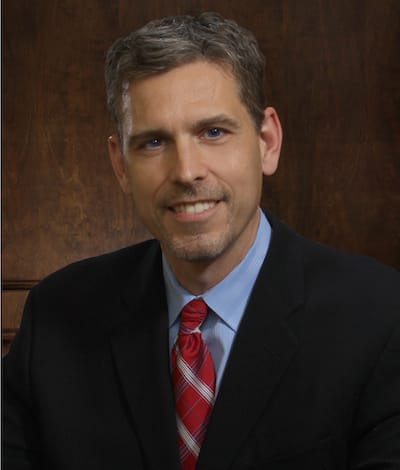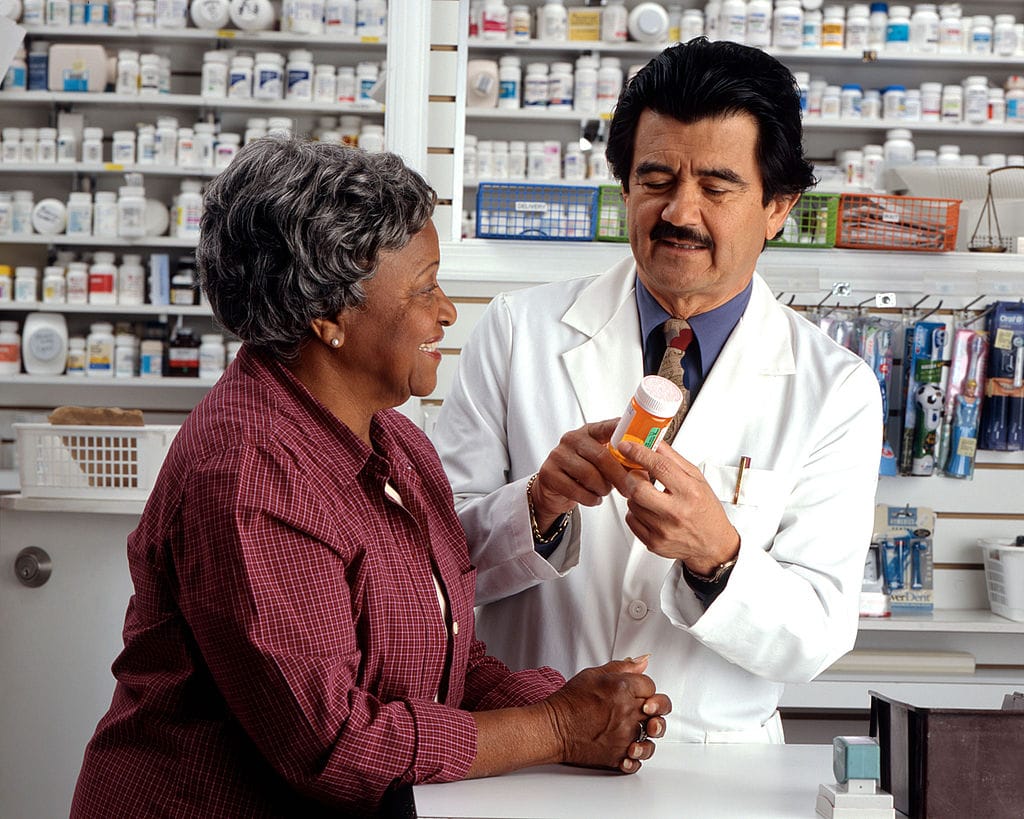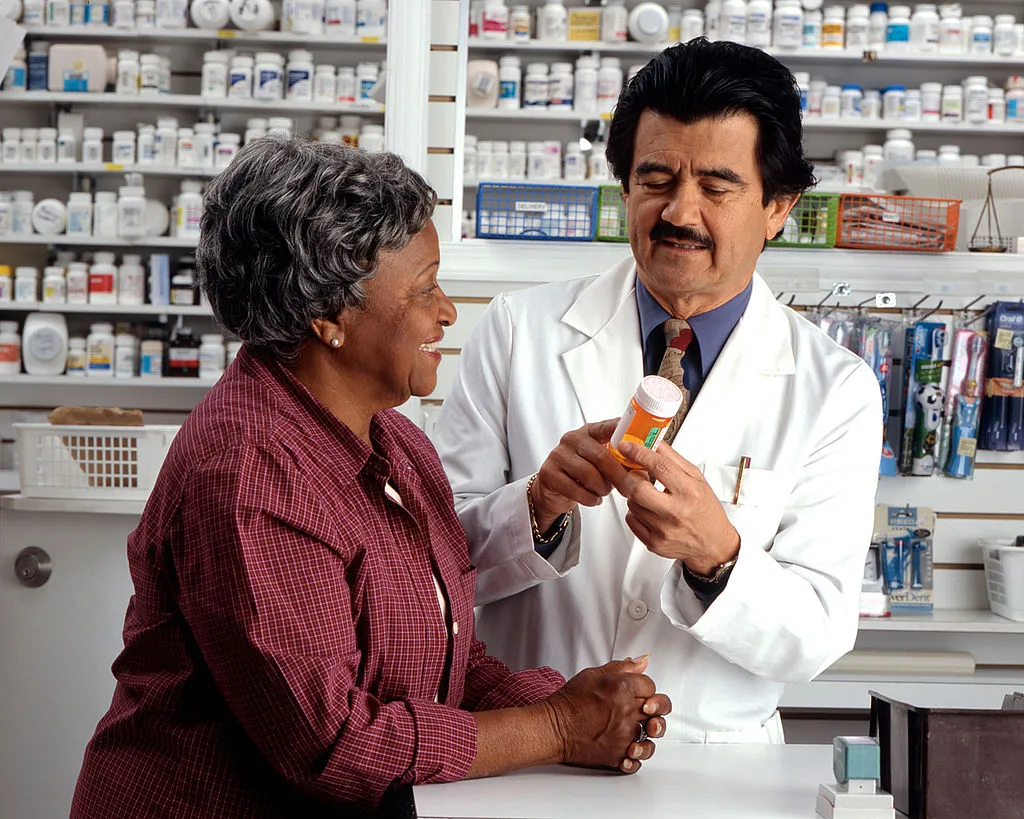NEW YORK — Physicians Robin Warren and Barry Marshall were practically laughed out of health care in 1982 when they suggested that a type of bacteria might be causing stomach ulcers. It took more than a decade before their theory that treating ulcers with antibiotics to kill H. pylori bacteria was validated, and it radically changed worldwide treatment of ulcers. All of a sudden ulcers could be cured in a few months. There are many other major breakthroughs in the science of health care that have changed health care in the United States. Yet, even though the practice of health care has changed radically, the payment model for prescription drugs has changed very little in the last 25 years.

Doug Hoey
Pharmacy benefit managers are the centerpiece of the current prescription payment system. They cause a lot of angst among community pharmacy owners and operators. PBMs act as judge, jury and executioner when it comes to pharmacy practice and payment. When you boil it all down, PBM business practices are a symptom of a much bigger problem — the current dysfunctional pharmacy payment system.
That’s why the National Community Pharmacists Association (NCPA) is focused on changing the current pharmacy payment system to one that is transparent and understandable, and aligns the interests of the pharmacy, the plan sponsor and, most important, the patient.
Today’s pharmacy payment model is a relic of a health care payment model that is an incubator for waste, inefficiency and suboptimal outcomes. Plan sponsors (those funding prescription drug insurance — employers, employees, taxpayers), consumers and pharmacies often have no idea what they will pay for a prescription drug when they walk into a pharmacy. Mail order pharmacies are rewarded for auto-shipping prescriptions to patients whether the patient wants them or not (look up NCPA’s “Waste Not Want Not” online photo album for hundreds of examples of how often patients don’t want them).
Rebates are part of the pay-to-play game PBMs demand, and they artificially drive up the cost of prescription drugs. Prescription drug costs have gone up over 1,000% since 1987.
For decades, NCPA has made the case that PBMs are contributing to the higher cost of prescription medications. When the media and Congress began investigating the enormous EpiPen price increases a couple of years ago, the bread crumb trail led straight to the door of the PBMs.
Since then, the practices of the mega-PBM model have been further scrutinized by Congress and in countless media stories. Just this spring:
• The Wall Street Journal ran an editorial about PBMs charging the state of Ohio hundreds of millions of dollars more than it paid pharmacies.
• CBS’ “60 Minutes” did a segment on the city of Rockford, Ill., and its high prescription drug bills that were supposed to be managed by its PBM, which instead filed court documents to dismiss the city’s lawsuit against it saying that it was not “contractually obligated to contain costs.”
• In a White House Rose Garden ceremony in May dedicated to lowering prescription drug prices, President Trump released his American Patients First blueprint, several parts of the which may directly impact community pharmacies. Included in the president’s remarks: “Our plan will end the dishonest double dealing that allows the middleman to pocket rebates and discounts that should be passed on to consumers and patients.” Earlier in the press conference, the president called out pharmacy benefit managers by name as one of the contributors to the “broken system.”

Later, with Rep. Buddy Carter (R., Ga.), the only pharmacist in Congress, sitting in the Rose Garden audience, Health and Human Services Secretary Alex Azar pointed out the inherent conflict of PBMs getting paid by plan sponsors while being paid rebates from pharmaceutical manufacturers at the same time. He suggested that PBMs should be required to act as fiduciaries.
NCPA has repeatedly said to the administration, Congress and the media that PBMs, in their current form, are contributing to the rising costs of prescriptions. NCPA has long called for more PBM transparency, including fiduciary responsibilities. One of the more recent public expressions of this belief was last November at a Federal Trade Commission workshop dedicated to understanding competition in the prescription drug market, where our concluding remark about the need for fiduciary accountability was: “Ultimately, without any fiduciary obligation, there is no transparency or accountability for PBM conduct.”
Each of these developments for reforming the current PBM model are necessary and give positive momentum to changing the pharmacy payment model to one where all plan sponsors know where their dollars are going. That’s not only a great development but one that is necessary to maximize value from the trillions of dollars the U.S. spends on health care annually.
But reforms to mega-PBMs are only a means to the end when it comes to reforming the pharmacy payment system. Reevaluating how pharmacy products are reimbursed and paying those pharmacies that are providing value beyond dispensing are two other key ingredients needed to change the current system.
At a time in which 90% of dispensed prescriptions are written for generics and a fraction of prescriptions are written for specialty medications — yet account for nearly 50% of overall prescription costs — the pricing disparity between products has never been so wide. Generic product pricing deflation has resulted in a significant percentage of generic prescriptions being reimbursed for just pennies. The ultra-low cost — and the corresponding ultra-low reimbursement — of these medications is in stark contrast to their high therapeutic value to patients.
Most generic prescriptions are reimbursed based on PBM-derived MAC schemes that are quickly morphing into Generic Equivalent Rates (GERs). Instead, some health plans have established a minimum dispensing fee for all prescription drugs. This is a good first step into reconciling the increasing frequency of penny prescriptions.
Rewarding pharmacies that are providing cost savings and quality value beyond dispensing is a key evolution in the pharmacy payment system. For years, all pharmacies have been paid the same (at least that has been the conventional wisdom, though new health plan–based prescription pricing websites are showing that this is not true), yet the patient experience has varied significantly. For example, community pharmacies and some grocery store chains are consistently the highest ranked in surveys by Consumer Reports and J.D. Power and Associates, yet they are paid the same as (or less than) lower-ranked pharmacies.
The twin innovations in technology and cost containment have combined to make it more clear that some pharmacies do a better job than others in helping keep overall health care costs lower and patients healthier.
That’s part of the origin of Community Pharmacy Enhanced Service Networks. CPESN creates local networks of pharmacies providing enhanced services that partner with health plan sponsors seeking to manage their overall health care costs better. All pharmacies are invited to participate in these networks, but they must be willing to provide the services that improve quality of care and lower costs.
Those two tenets are crucial to allowing CPESN-USA to be a “clinically integrated network.” CIN criteria have been defined by the federal government and, when met, provide a safe harbor from antitrust scrutiny — an attribute that has been missing from independent pharmacies and used against them for decades.
Over 1,500 pharmacies have come together already to participate in these local networks, and the number is growing. Meetings with plan sponsors to discuss contracts for pharmacy services from these local networks are occurring almost every day. Pharmacies participating directly with plan sponsors is a big part of how pharmacy payment services will be redefined. CPESN-USA is blazing trails toward this new day, and its success is vital to finally breaking free from the current payment model.
Thankfully for patients, new advances in prescription medications and how we use them have made us smarter and more effective. Consumers’ lives are better for it. Our pharmacy payment systems are slowly catching up. Those changes can’t come fast enough.
Doug Hoey is chief executive officer of the National Community Pharmacists Association. He can be reached at Doug.Hoey@ncpanet.org.









